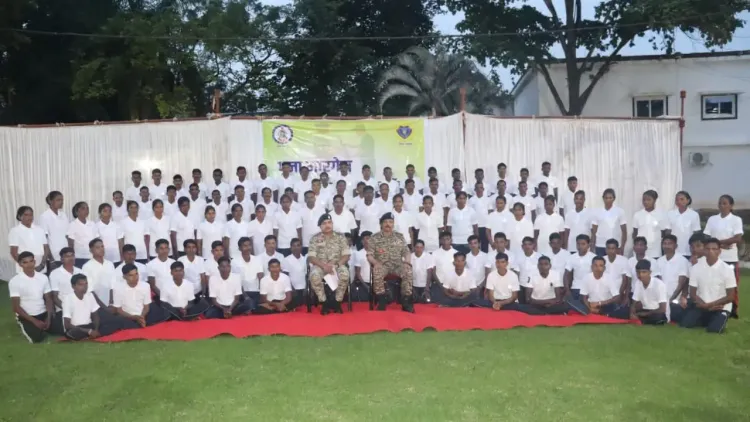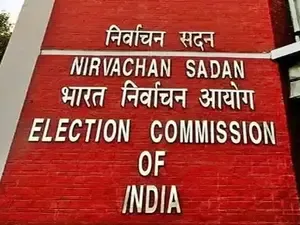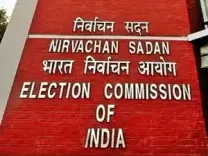What Led to 103 Maoists Surrendering in Bijapur?

Synopsis
Key Takeaways
- 103 Maoists surrendered in Bijapur on Gandhi Jayanti.
- The surrender reflects a significant shift in ideology.
- Each surrendered individual received Rs 50,000 for rehabilitation.
- The government’s strategy has proven effective in combating extremism.
- Ongoing trends indicate a weakening of the Maoist network.
Raipur, Oct 2 (NationPress) In a significant achievement in the battle against left-wing extremism, a total of 103 Maoists voluntarily surrendered to senior police and paramilitary officials in Bijapur district of Chhattisgarh on October 2.
The timing of the surrender, which coincided with Gandhi Jayanti, signifies a crucial advancement in the ongoing mission to dismantle the Maoist network in the area.
Notably, among the surrendered were 49 Maoists with a combined reward of Rs 1.06 crore, including high-ranking individuals such as DVCMs, PPCMs, ACMs, militia commanders, and members of the Jantana Sarkar.
This event was organized under the initiative called Puna Margem, which is state-led and focuses on rehabilitation as a pathway to a new beginning. The ceremony saw the presence of top officials like Deputy Inspector General of Police Kamalochan Kashyap, DIG CRPF Sector Bijapur BS Negi, SP Bijapur Jitendra Kumar Yadav, and various commandants from the CRPF and Cobra battalions.
Each of the surrendered Maoists was provided with a cheque of Rs 50,000 as part of the state’s rehabilitation plan.
Officials noted that the choice to surrender stemmed from a growing disillusionment with the Maoist ideology, internal conflicts within the group, and a yearning for a peaceful family life.
The ongoing demise of senior leaders in encounters and the diminishing public support has further destabilized the Maoist structure.
The high representation of RPC members among those who surrendered indicates a change within the organization’s operational foundation.
The Chhattisgarh government’s comprehensive strategy, which includes establishing new security camps, expanding road access, and enhancing community policing, has significantly contributed to encouraging Maoists to reintegrate into society.
Initiatives like the ‘Niyed Nella Nar Scheme’ and widespread awareness regarding the surrender and rehabilitation policy have also aided this transition, according to senior police officials.
From January 2025, Bijapur district has seen 421 Maoists arrested, 410 surrendered, and 137 deceased in various confrontations.
In total, over the past two years, the figures have reached 924 arrests, 599 surrenders, and 195 deaths. Authorities believe this trend illustrates the declining influence of Maoist ideology and the growing success of coordinated anti-Naxal operations.
The mass surrender is perceived not only as a tactical success but also as a symbolic defeat of a violent ideology that thrived on fear and misinformation. It represents an increasing desire among former rebels to adopt peace, development, and reintegration into society.









